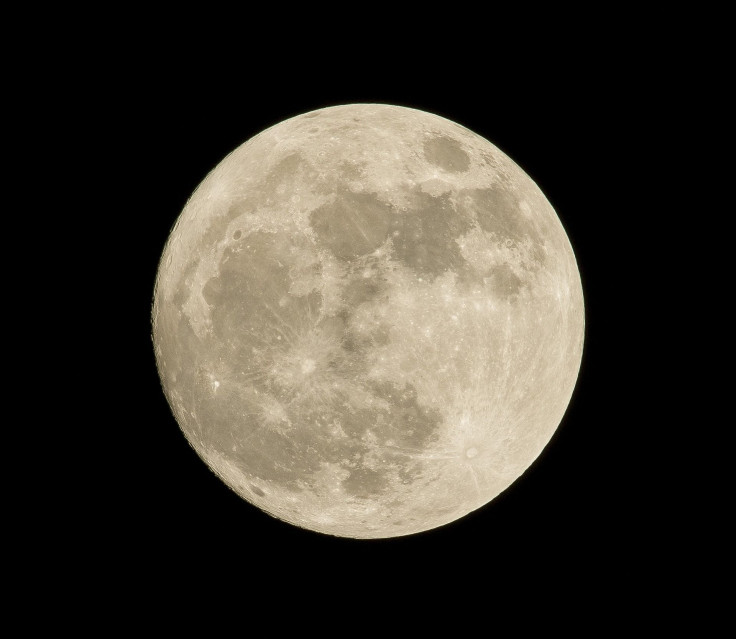Moon's High Metal Concentration Challenges Its Formation Hypothesis
KEY POINTS
- Researchers found the Moon may be more metallic than previously thought
- The find challenges the traditional hypothesis about how the Moon formed
- It provides critical evidence to better understand the Moon's formation and evolution
A new study suggested the subsurface of the Moon is actually more metal-rich than previously thought. This challenges the traditional hypothesis of how the Moon was formed.
A bulk of the Moon's chemical composition closely resembled that of the Earth's, supporting the hypothesis that it was formed when a Mars-sized protoplanet called Theia collided with the young Earth. The idea is that the collision caused a massive portion of the early Earth's metal-poor upper crust into orbit, eventually forming the Moon.
However, there is also the question of why, if it truly came from the metal-poor parts of the Earth, are some parts of the Moon substantially richer in metals than the planet.
Now, a team of researchers found the Moon may be even richer in metals than previously thought, adding to the discrepancies already puzzling scientists.
For the study published in Earth and Planetary Science Letters, the team used the Miniature Radio Frequency instrument on NASA's Lunar Reconnaissance Orbiter to characterize the fine dust found at the bottom of Moon craters. This is because the fine dust at the bottom of the craters were actually parts of the deeper layers of the Moon that were ejected during meteor impacts. As such, this dust represents the composition in deeper Moon layers.
The researchers found a pattern in which larger and deeper craters have higher metal concentrations than smaller and shallower ones. Specifically, in craters approximately 1 to 3 miles wide, the dielectric constant or electrical property increased along with crater size. However, the electrical property remained constant for craters between three to 12 miles wide.
According to NASA, dielectric properties are directly linked to the concentration of metal minerals. The find suggested only the Moon's surface is scarce in iron and titanium oxides. Below the surface, however, it is much richer in metals.
Having a metal-rich Moon then challenges the idea that the Moon came from the metal-poor parts of the Earth. For instance, it could, instead, suggest the collision with Theia caused material from much deeper and metal-rich parts of the Earth to launch into orbit, or perhaps the collision occurred much earlier in the life of the planet.
Although the results of the study does not directly state how the Moon formed, it does provide critical evidence for its formation theories.
"By improving our understanding of how much metal the Moon's subsurface actually has, scientists can constrain the ambiguities about how it has formed, how it is evolving and how it is contributing to maintaining habitability on Earth," study lead Essam Heggy of the University of Southern California said in a news release. "Our solar system alone has over 200 Moons – understanding the crucial role these Moons play in the formation and evolution of the planets they orbit can give us deeper insights into how and where life conditions outside Earth might form and what it might look like."
The team is now planning to hold additional observations of more crater floors to see whether the same trends exist and verify their initial findings.

© Copyright IBTimes 2024. All rights reserved.






















